Seventy Years of Industrial Policy and Promotion in India: 1947-48 to 2016-17
The industrial environment in India during 1947-80 was characterised by strong centralised planning, Government ownership of basic and key industries, excessive regulation and control of private enterprise, trade protectionism-through tariff and non-tariff barriers-and a cautious and selective approach towards foreign capital. It was a quota, permit and license regime guided and controlled by a bureaucracy trained in colonial style. Domestic competition was restricted, leading to lack of quality and cost consciousness in most segments of the industry. The level of protection offered to Indian industry, by way of qualitative import restrictions and tariffs, was unreasonably high, leading to high costs of production and inadequate technological dynamism.
This so-called inward-looking, import-substitution strategy of economic development-which failed to lay strong foundations for the future development of the country-began to be widely questioned with the beginning of 1980s. Policy makers started realising the drawbacks of this strategy which inhibited competitiveness and efficiency and produced a much lower rate of growth than expected. Pressure was, therefore, mounting for industrial liberalisation owing to a host of internal and external factors.
Tilt towards economic liberalisation started in 1985 when Government announced a series of measures aimed at deregulation and liberalisation of industry. These measures, described as the New Economic Policy, were followed by drastic changes introduced by the 1991 Industrial Policy Statement of the Government.
As a result of economic reforms of the last 25 years, India is presently one of world’s fastest growing economies. In the last few years, it has emerged as a global economic power, leading outsourcing destination and a favourite of international investors. Indian industry has upgraded technology and product quality to a significant degree and met the challenge of openness after being protected for so long.
Recently, the Government has launched a number of programmes/schemes to rejuvenate and modernize the Indian industry. These have included, inter alia, Start-up India Initiative, 2016, eBiz Project, Make in India Campaign, Stand-up India Scheme, Ease of Doing Business, India Aspiration Fund (IAF), Atal Innovation Mission (AIM), India Inclusive Innovation Fund (IIIF), Digital India, and Smart Cities Mission.
This book contains 20 chapters which trace developments in different fields of industrialization in India during the post-Independence period. The book also explains the post-1991 key reform measures undertaken for making Indian industry internationally competitive. Current issues pertaining to this vital sector of the Indian economy are also examined.
Get it now and save 10%
BECOME A MEMBER

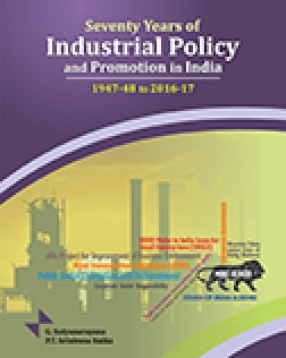
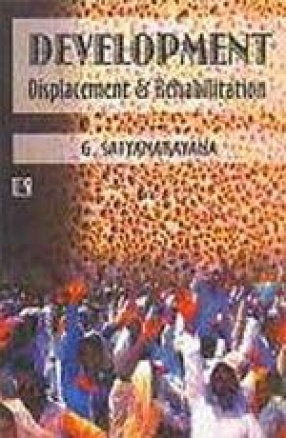
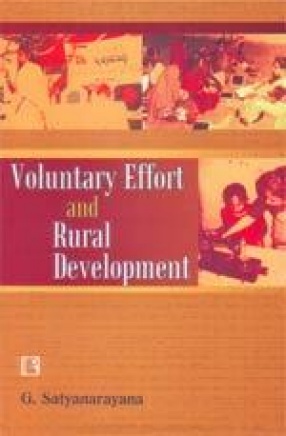
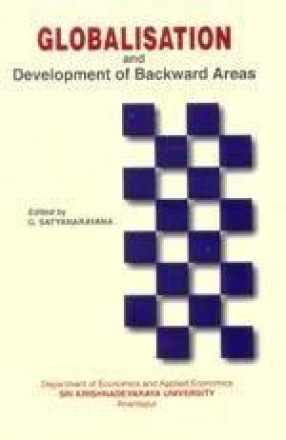
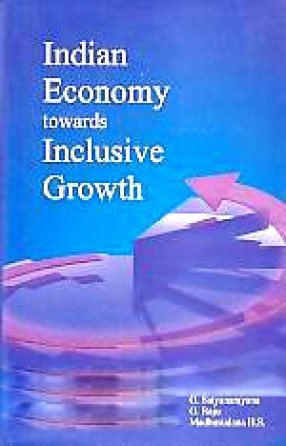





Bibliographic information
P.T. Srinivasa Naika